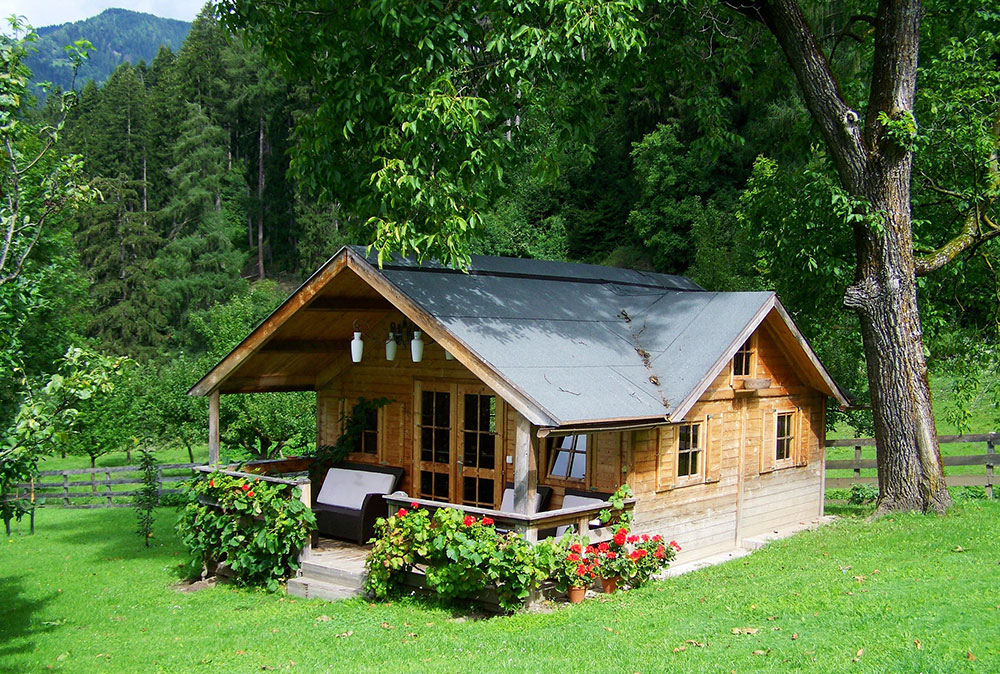I called PG&E this am after considering your post. I described what I was doing and asked for the procedure to disconnect. They said that I could call and request a disconnect date up to 30 days in advance and up to 90 days if registered online. There is no specific procedure or requirement to follow. They will ask for an address for the final bill......

Off Grid Living is Illegal! Sort of...
Off grid living is illegal. Sort of. "Off grid" means disconnecting from the power grid. Living off the grid, by itself, is not technically illegal.
The quote I am looking at:
===================
Power System
This kind of goes without saying. Some counties will not allow you to be disconnected from their utilities. Usually, this happens in rural areas closer to town. In town, of course, it’s most likely that it’s illegal to disconnect from the public utility system completely.==================
I am reasonably comfortable in the fact that when you asked PGE " I want to disconnect", if you live in a non rural location, they did not understand that as "Forever, while still living at this address, using my own power".



